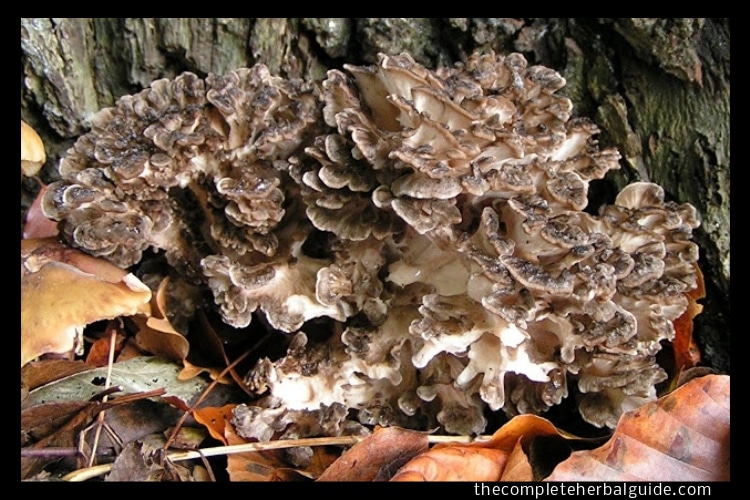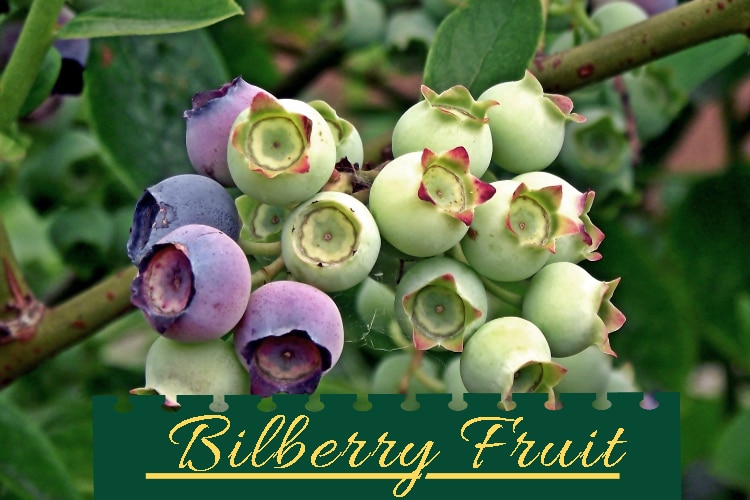
Love Root: Magical and Healing Properties of Lovage
Love Root is primarily used as a diuretic that helps relieve difficult urinary problems, clear gravel and stones from the kidneys and eliminate excess retained water. Also, a bittersweet aromatic is used to relieve colic, indigestion, and flatulence. Love Root will even sweeten your breath!
The Love Root Plant
Love Root is a native of the Mediterranean region of southern Europe and Asia Minor and grows both wild and cultivated throughout Europe.
It has also been introduced into Great Britain and later into North America (where American Lovage, Levisticum officinale, is used in the same manner as its European cousin).
There are even a Scottish species of Love Root (Ligusticum scoticum) called siunas, which translates from Gaelic as “growing in the storm.” Love Root grows in gardens, meadows, and hedgerows.
It is a true perennial and appears as a stout plant with a thick, grayish-brown, fleshy root that grows about six inches into the ground and is shaped like a carrot.
The thick, hollow, erect stems grow to about six feet in height and produce large, dark green, radical leaves, which are divided into wedge-like segments, not unlike those of celery. When bruised, the surface emits an aromatic odor, again, somewhat evocative of celery or angelica. In the summer, the plant bears pale yellow flowers, followed by small, yellowish-brown, extremely aromatic fruits. The odor of the whole plant is very strong, and its taste is warm and aromatic and abounds with a yellowish, gummy, resinous juice.
The plant thrives best in rich, moist, well-drained soil in a sunny situation, and the entire plant is used for medicinal purposes.
History of Love Root
The name, Love Root, is said to be derived from two Latin words, Levisticum and Ligusticum (two botanical names for the genus), meaning Ligurian because the herb flourished in ancient times in Liguria, a region that includes the Italian Riviera.
These terms became garbled over the years, and by the time, it entered English, in Chaucer’s day, the name became corrupted beyond recognition. Misled by the name, Lovage, many people over the years have fancied a connection between Love Root and love potions (perhaps because it also sweetens the breath?).
It became a popular medication in the fourteenth century, probably because of its aromatic qualities, and was widely used for fevers and “pestilential disorders.” In the New World, New Englanders planted Love Root for its roots, which they candied and used as a sweet and a breath lozenge, and nineteenth-century Shaker religious communities grew and sold Love Root as part of their commercial enterprises. Love Root was formerly widely utilized for culinary purposes and eaten as a vegetable.
The young stems are used as a flavoring for liquors and in confectionery; young leaves are eaten in salads or made into teas; stalks are candied (like angelica) or used fresh as straws in Bloody Mary’s; seeds are included in bread and cheese crackers; leaves are added to soups, stews, and savory dishes; and, finally, the oil in Love Root is used in perfumery.
Some of the constituents in Love Root include volatile oil, a bitter extractive (angelic acid), resins, and a pigment named ligulin, which is also used to identify alkalinity and acidity in water testing.
Love Root Benefits
- Love Root is mainly used as a diuretic, which encourages urine flow. The additional urine is said to be helpful in cases of urinary difficulties and cystitis. It is also used to eliminate excess retained water.
- The increased urine flow promoted by Love Root also helps to flush the kidneys, which is said to be beneficial in eliminating gravel and kidney stones.
- Love Root is considered a stomachic, an agent that strengthens and improves stomach function.
- The bitter principle in Love Root also works to improve the appetite and relieve indigestion, colic, gastric catarrh, and general disorders of the stomach.
- Love Root is particularly effective when used to relieve flatulence. Both ancient Greek writers and modern pharmacologists have extolled the benefits of the herb’s powers to relieve gas and griping (the grumbling and pain associated with gas).
- As an expectorant, Love Root is believed to loosen and expel phlegm from the pulmonary system and is said to be excellent in cases of pleurisy.
- Love Root is diaphoretic and excites perspiration and sweating. This action helps to cool the body and relieve intermittent fevers and feverish attacks. The increased perspiration also helps to clear the body of toxins through the skin.
- As an aid for women, Love Root is a uterine stimulates and considered a good emmenagogue or agent that induces menstruation and regulates its flow.
- This quality also helps to relieve dysmenorrhea (painful menstruation) and menstrual cramps. Moreover, its uterine stimulating properties are thought to speed up the progress of slow labor.
- Used externally, skin problems often respond favorably to a wash made with Love Root, and it is said to be effective against many disease-causing organisms.
- It has been used as a gargle for a sore throat and a treatment for aphthous ulcers (canker sores that appear as a painful white or yellow ulcer in the mouth).
Love Root Precautions
Pregnant and nursing women should not use Love Root, nor should those who have impaired or inflamed kidneys. Excessive use (many times the recommended dosage) may cause kidney damage.






